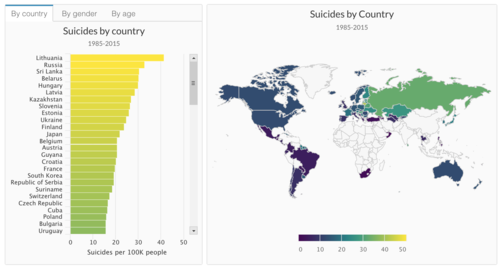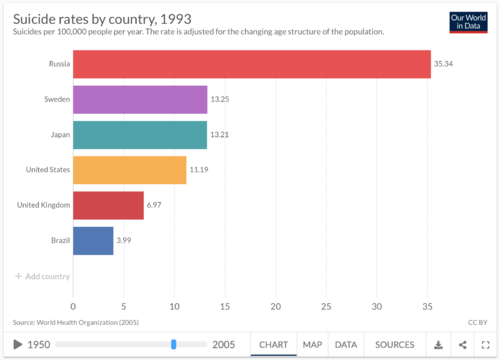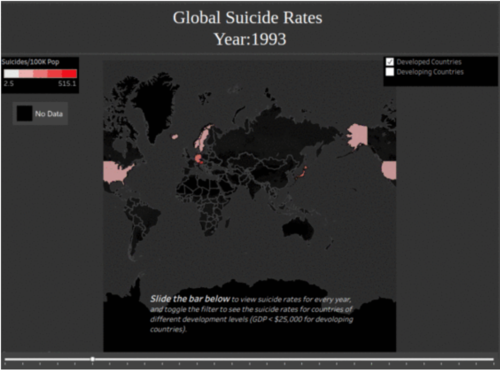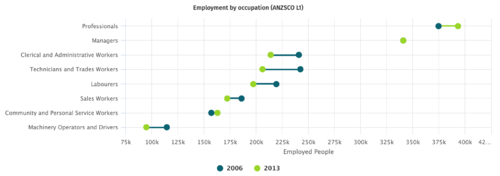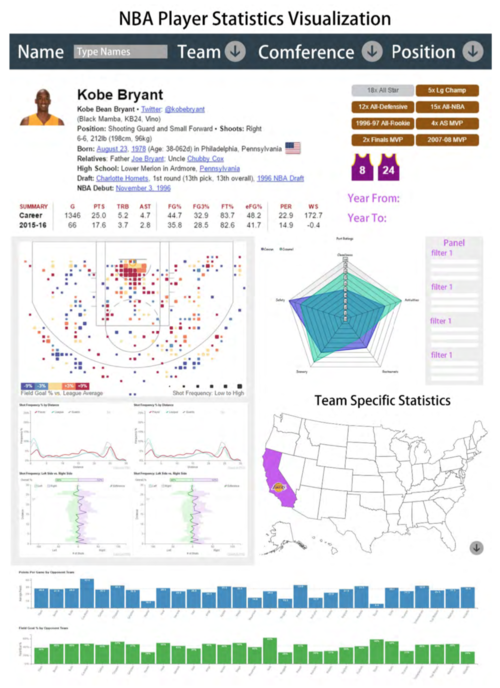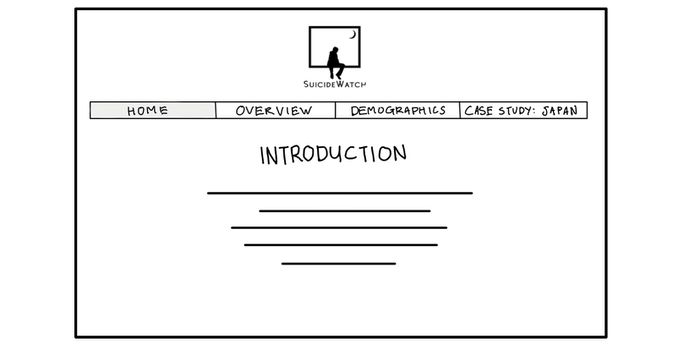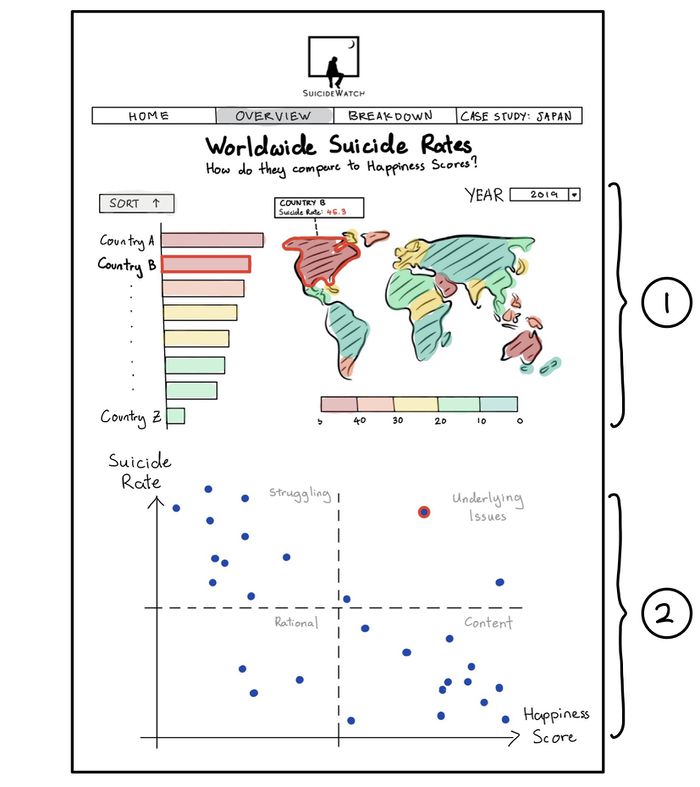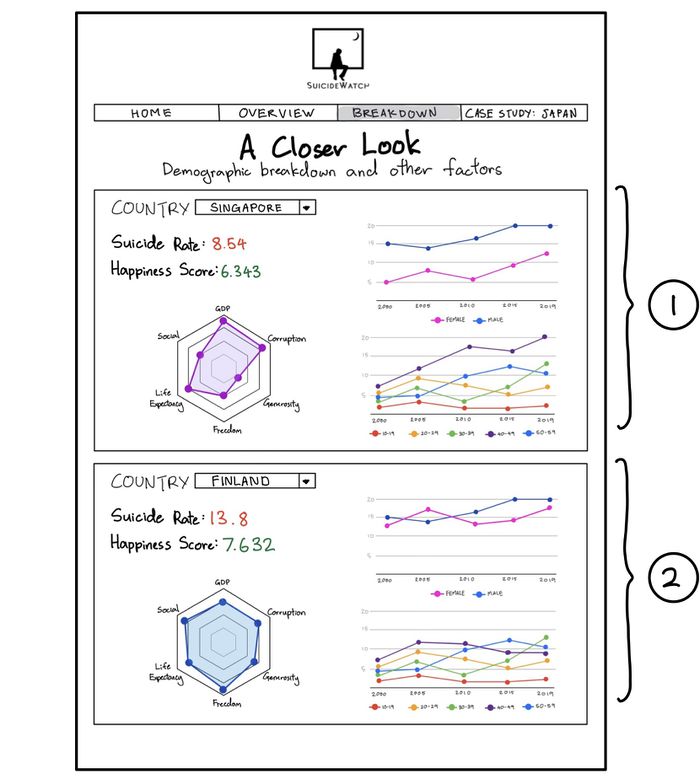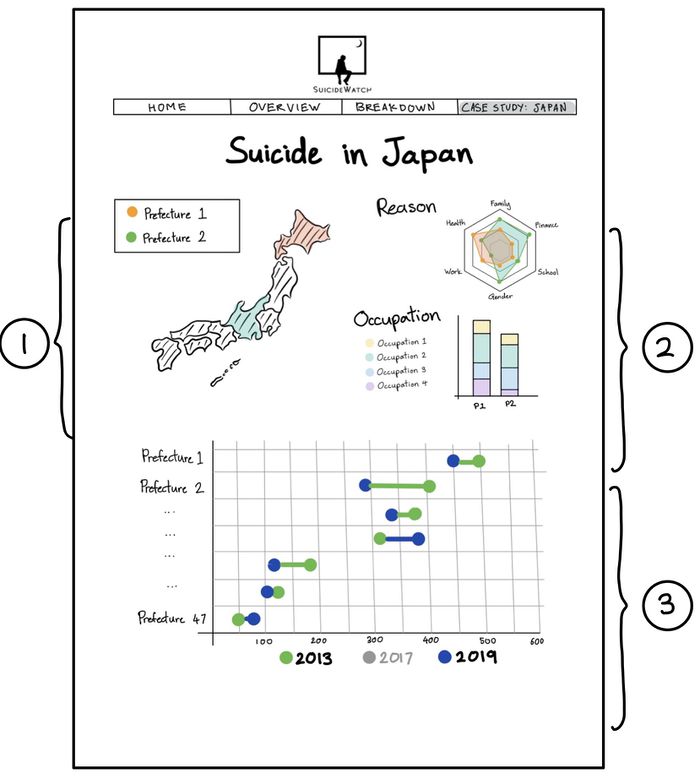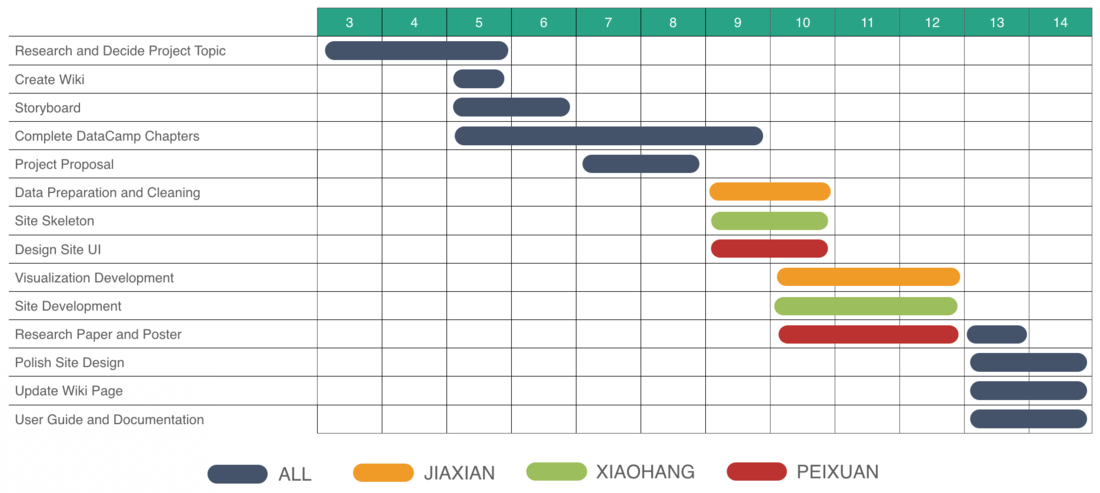Difference between revisions of "SuicideWatch: Proposal v2"
| Line 183: | Line 183: | ||
{| class="wikitable" style="background-color:#FFFFFF;" width="100%" | {| class="wikitable" style="background-color:#FFFFFF;" width="100%" | ||
|- | |- | ||
| − | ! style="font-weight: bold;background: #536a87;color:#fbfcfd;width: 50%;" | Proposed | + | ! style="font-weight: bold;background: #536a87;color:#fbfcfd;width: 50%;" | Proposed Layout |
! style="font-weight: bold;background: #536a87;color:#fbfcfd;" | Description | ! style="font-weight: bold;background: #536a87;color:#fbfcfd;" | Description | ||
|- | |- | ||
| Line 198: | Line 198: | ||
{| class="wikitable" style="background-color:#FFFFFF;" width="100%" | {| class="wikitable" style="background-color:#FFFFFF;" width="100%" | ||
|- | |- | ||
| − | ! style="font-weight: bold;background: #536a87;color:#fbfcfd;width: 50%;" | Proposed | + | ! style="font-weight: bold;background: #536a87;color:#fbfcfd;width: 50%;" | Proposed Layout |
! style="font-weight: bold;background: #536a87;color:#fbfcfd;" | Description | ! style="font-weight: bold;background: #536a87;color:#fbfcfd;" | Description | ||
|- | |- | ||
| Line 213: | Line 213: | ||
{| class="wikitable" style="background-color:#FFFFFF;" width="100%" | {| class="wikitable" style="background-color:#FFFFFF;" width="100%" | ||
|- | |- | ||
| − | ! style="font-weight: bold;background: #536a87;color:#fbfcfd;width: 50%;" | Proposed | + | ! style="font-weight: bold;background: #536a87;color:#fbfcfd;width: 50%;" | Proposed Layout |
! style="font-weight: bold;background: #536a87;color:#fbfcfd;" | Description | ! style="font-weight: bold;background: #536a87;color:#fbfcfd;" | Description | ||
|- | |- | ||
| Line 228: | Line 228: | ||
{| class="wikitable" style="background-color:#FFFFFF;" width="100%" | {| class="wikitable" style="background-color:#FFFFFF;" width="100%" | ||
|- | |- | ||
| − | ! style="font-weight: bold;background: #536a87;color:#fbfcfd;width: 50%;" | Proposed | + | ! style="font-weight: bold;background: #536a87;color:#fbfcfd;width: 50%;" | Proposed Layout |
! style="font-weight: bold;background: #536a87;color:#fbfcfd;" | Description | ! style="font-weight: bold;background: #536a87;color:#fbfcfd;" | Description | ||
|- | |- | ||
Revision as of 13:33, 13 October 2019
Version 2
|
After further discussion and consultations with Prof. Kam, our team concluded that our initial problem statement and methodology may not be the best approach to analysing suicide data. There was insufficient evidence to draw correlations between socioeconomic factors and suicide rates, as suicide is a complex issue encompassing many factors that cannot be generalised. As such, we decided to pivot our project's direction slightly. Instead of attempting to make conclusions, we will focus on creating a visualisation that allows for exploration and comparison of suicide rates globally.
Contents
PROBLEM & MOTIVATION
Death by suicide is an extremely complex issue that causes pain to hundreds of thousands of people every year around the world. Close to 800 000 people die due to suicide globally every year, which is one person every 40 seconds. In Singapore, suicide is the leading cause of death for those aged 10-29.
The mortality data from the WHO suggests that the prevalence and characteristics of suicidal behavior vary widely between different communities, in different demographic groups and over time. One important source of heterogeneity, both globally and within countries, is gender: suicide rates are much higher for males, particularly in high-income countries. Interestingly in Singapore, females are more likely to be diagnosed with depression and attempt suicide, but males accounted for more than 71% of all suicides in Singapore in 2018. But are there other similarities or patterns that we can discern from the available data? Often seen as a taboo topic, suicide is a very real problem that is not talked about enough. Through our visualisation, we hope to be able to shed some light on and spur conversations on this issue.
OBJECTIVES
In this project, we are hope to create a visualization that enables the following:
- Identify regions or countries with high/low suicide rates
- Visualise the relationship between Happiness Index scores and suicide rates
- Exploration of suicide demographics by country
- Comparison of suicide demographics between countries
- A more in-depth breakdown of Japan's suicide demographics
As mentioned, the reasons behind suicide is complex and cannot be generalised. Through our visualization we hope to show that generic measures like political stability or GDP per capita do not provide a general explanation for suicide. There are definitely many deep-seated issues or underlying cultural norms that could contribute to suicide rates as well. Ideally a further breakdown of the suicide demographics should be conducted for each country, as suicide rates within different parts of a country could vary as well. However, such data is not readily available. We managed to find detailed data on Japan's suicide rates and thought it would make for a good visualisation of the varying suicide rates within a country. Japan has long been known to have high suicide rates, posited to be an amalgamation of its aging population, overwork and even cultural glorification of suicide ("Seppuku"). As such, we decided to breakdown Japan's suicide figures across different prefectures.
SELECTED DATASETS
| Dataset/Source | Data Attributes | Why this Dataset? |
|---|---|---|
(https://www.kaggle.com/russellyates88/suicide-rates-overview-1985-to-2016) |
|
|
(https://worldhappiness.report/ed/2019/) |
|
|
(https://www.npa.go.jp/publications/statistics/safetylife/jisatsu.html/) |
|
|
RELATED WORKS
| Example | Takeaways |
|---|---|
|
|
|
|
|
|
|
|
|
DESIGN INSPIRATIONS
| Example | Takeaways |
|---|---|
|
|
|
|
|
|
PROPOSED STORYBOARD
Our proposed application will consist of four pages:
LANDING PAGE
| Proposed Layout | Description |
|---|---|
|
OVERVIEW
This page will provide the viewer with an overview of global suicide rates and overall happiness scores.
| Proposed Layout | Description |
|---|---|
|
DEMOGRAPHICS
| Proposed Layout | Description |
|---|---|
|
CASE STUDY: JAPAN
The purpose of this page is...
| Proposed Layout | Description |
|---|---|
|
PROJECT TIMELINE
KEY CHALLENGES
| Challenge | Mitigation |
|---|---|
|
The team is new to data visualization and R Shiny |
|
|
Suicide data is not very accessible as it is a sensitive social issue |
|
|
Tight timeline for the semester |
|
REFERENCES
- link 1
- link 2
COMMENTS
Feel free to leave us some comments or feedback!
| Name | Comment/Feedback |
|---|---|
|
Your Name |
|
|
Your Name |
|

